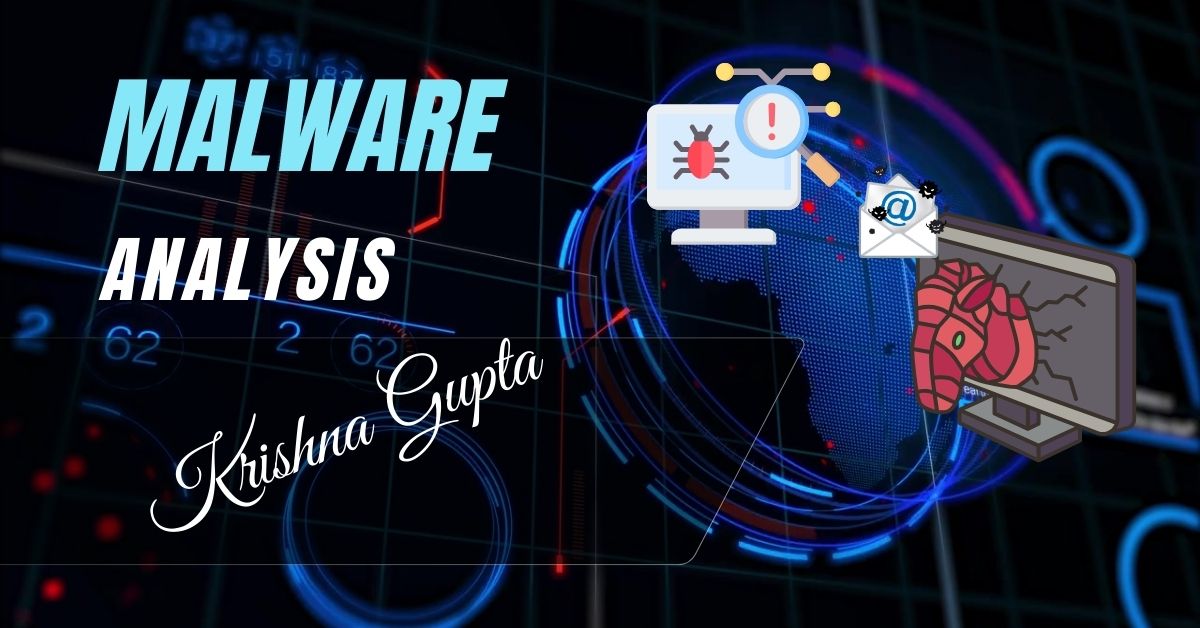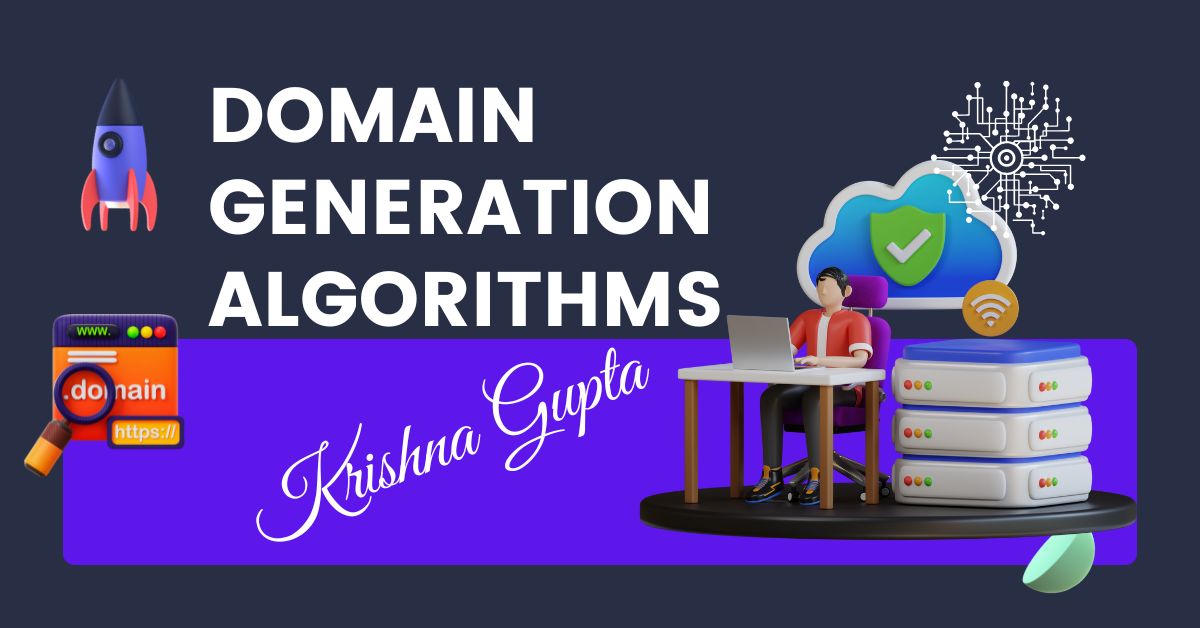The HTTP Parameter Pollution (HPP): Protecting Web Applications with Robust Security Practices
HTTP Parameter Pollution, or HPP, is a type of web security vulnerability where an attacker manipulates HTTP request parameters to bypass input validation, inject malicious payloads, or alter the intended behaviour of a web application. By injecting additional parameters or manipulating existing ones, attackers can trick the server into processing unintended actions. This form of attack can lead to a range of exploits, including SQL injections, cross-site scripting (XSS), and even unauthorised access.




